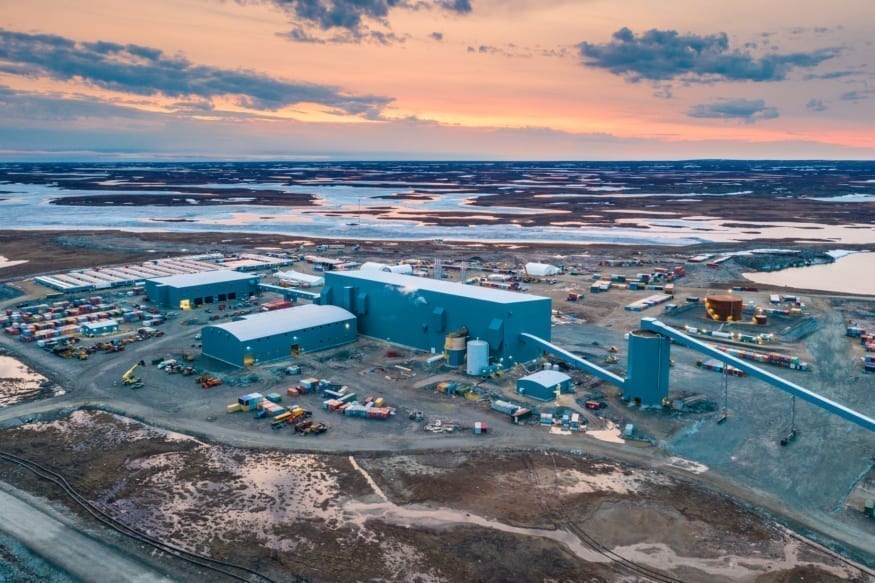Agnico Eagle Mines (AEM) released a press statement on Sept. 2 to inform the community of Rankin Inlet that an exceedance of the total suspended solids at the Meliadine gold mine was reported to the proper authorities through the spill report system on Aug. 31.

photo courtesy of Agnico Eagle Mines
The spill happened in connection with AEM operations at the Meliadine gold mine near Rankin.
The Nunavut Water Board, Nunavut Impact Review Board, Crown-Indigenous Relations and Northern Affairs Canada, Environment and Climate Change Canada, the Kivalliq Inuit Association and the Government of Nunavut have all been notified.
The spill report’s author, Kloee Fournier, said that total suspended solids in water consists of suspended particles, such as dust and soil, as well as organisms such as plankton and algae.
She stated at this time it is believed that the exceedance is largely due to algae developing in the pond used to hold treated water before it is being trucked to Itivia to be discharged.
“The discharge was stopped immediately upon reception of the non-compliance results from our regular sampling activities,” stated Fournier.
“The potential volume of the spill is estimated up to 11,000m3 of water, which represents approximately 305 tanker trucks. The exact volume will be confirmed when we receive the final sampling results.
“Investigations are ongoing to ensure that the source of algae is identified and that the appropriate corrective measures are taken to be in full compliance before discharge can resume.”
Fournier further informed the community that additional sampling actions occurred this past week in Melvin Bay. She added, as a reminder, the discharge in Melvin Bay of treated saline water from underground activities started on Aug. 10.
“We will keep the concerned authorities and the Rankin Inlet community members informed of the results of our sampling and of the next steps.
“For clarification: the difference between total dissolved solids (TDS) and total suspended solids (TSS) — total dissolved solids is a measure of all dissolved salts and minerals in the water. “These salts and minerals include inorganic and organic forms of major ions (particles), nutrients and metals, each of which are found naturally in the water.
“Total suspended solids consists of particles suspended in water but not dissolved such as dust and soil, as well as organisms such as plankton and algae.”